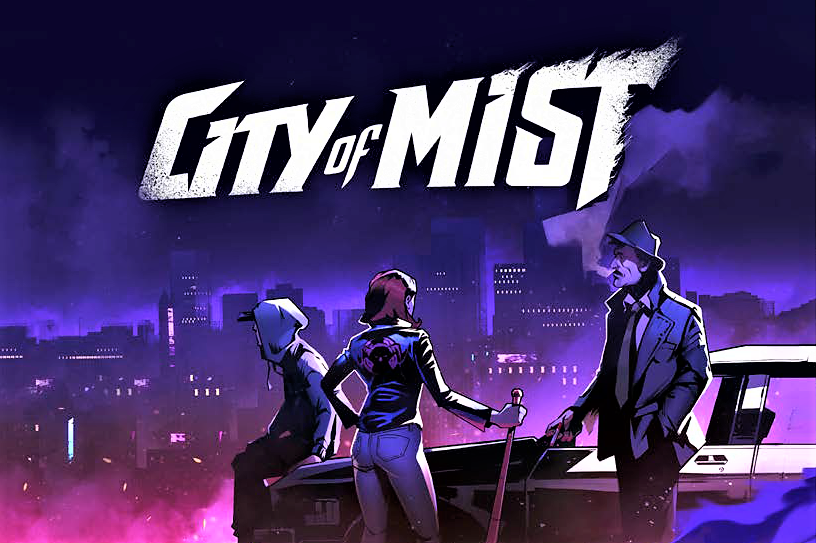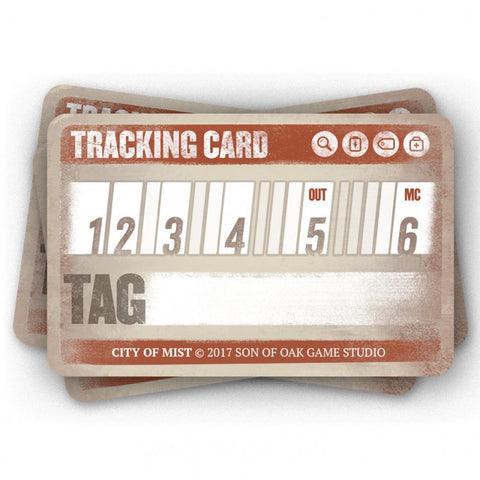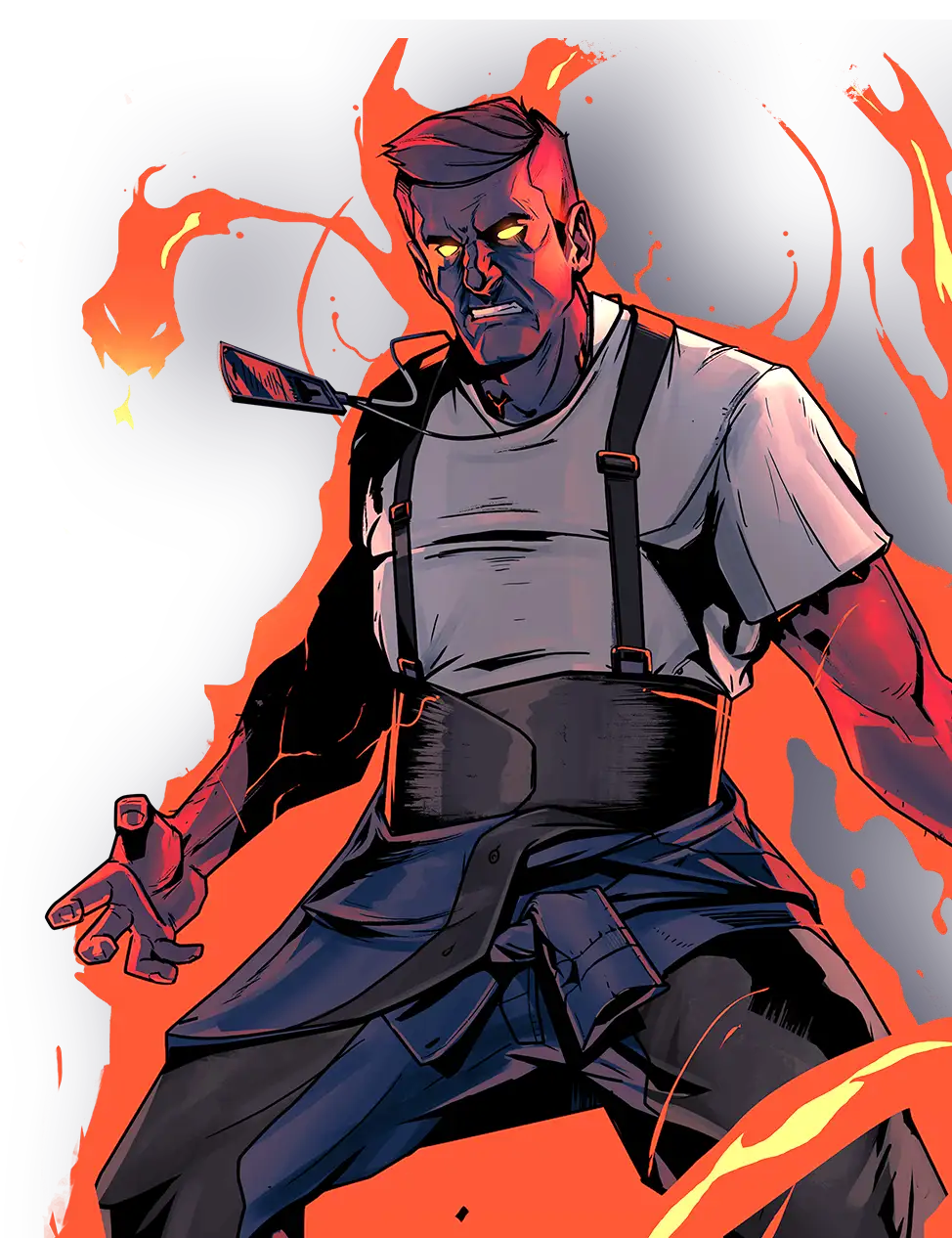City of Mist - where myths make heroes
 |
| Image by SON OF OAK GAME STUDIO LLC |
[11 min read]
My in-person tabletop role-playing group just wrapped up our mini-campaign of City of Mist. I hadn't really heard about it before playing, but this popular game from 2017 threw us in as contemporary people investigating a crime in a believable modern city. The twist? In the developer's own words:
City of Mist is set in a modern city where legends are real people. Heroes, tricksters, and monsters are reborn inside ordinary people, regular Joes and Janes, who gain supernatural powers connected to their legendary alter-egos.
These myths and legends could come from any part of the common consciousness: characters from classic literature like Frankenstein's monster; figures from ancient religions such as Osiris, Egyptian god of the dead; or even personify objects such as the sword Excalibur from Arthurian legend. Such a cool conceit for a game gave me a tough choice for my own character's mythos - I was torn between the more psychologically leaning Dracula or Dr Frankenstein, versus a more physical manifestation of power like Ares, God of War, or even a legendary historical figure like Julius Caesar!
My play experience
This was my first time playing with the Powered by the Apocalypse (PbtA) system, although I have had some exposure to PbtA-adjacent games like Blades in the Dark and Ironsworn. We played as an in-person group of five players and a Master of Ceremonies (MC, replacing the moniker of Game Master in this system), over about 6-8 sessions of four hours each, with the first being solely around character creation. Minimal props were needed - paper character sheets, some printed tracking sheets to represent status effects, and two six-sided-dice for conflict resolution.
At its heart, City of Mist is an investigation game. In order to enhance the experience with more evocative clues, our MC also employed a a wide range of great multimedia options, including recorded messages, images of business cards, city maps, and a slew of AI-generated character art for both the players and the large cast of non player characters (NPCs) in this campaign. I will include some of the character art below, not because I endorse using AI in published material, but because I believe it is a great tool for GMs to help build immersion for their players in private games. Our MC's choice of art style really enhanced the tone of the game too!
 |
| I played as Eduardo - a haemophiliac psychiatrist inhabited by Dracula Image generated using artificial intelligence by Playground AI |
As a group we decided our five characters actually belonged to a hispanic multi-generational family unit (the Santos family), all awakened to their mythoi (plural of mythos), and investigating the disappearance of one of the younger members of the family, Alfonso. Here they are in full:
- Julio - the kindly old grandfather, whose mythos is Father Christmas (not to be confused with the commercial variant, Santa Claus, his arch enemy)
- Rosa - the sweet little old grandmother, whose unthreatening demeanour is juxtaposed with the mythos of the Big Bad Wolf
- Eduardo - the eldest child of Rosa and Julio and an accomplished psychiatrist, whose obsession with blood started from being a sheltered hemophiliac child to awakening as Count Dracula
- Jorge - a feisty teenage punk rocker, son of Julio and Rosa's dead daughter and brother to the missing Alfonso, wielding the metallurgic powers of Edward from Fullmetal Alchemist
- Gwen - a studious college student of law, girlfriend to the missing Alfonso, and accomplished martial artist leveraging the mighty blade Excalibur and searching for the Holy Grail
 |
| Law student by day, warrior by night, Gwen is the girlfriend of the missing Alfonso Image generated using artificial intelligence by Playground AI |
Over the course of this mini-campaign the family's pursuit of their missing grandson, nephew and brother Alfonso exposed them to a sinister plot to imprison awakened citizens and experiment on them with dangerous drugs. Behind the pyramid scheme of recruitment included famous and respected individuals such as an esteemed psychiatrist, a CEO, a disgraced socialite, a nurse, and a crooked cop, who were actually powerful mythoi.
After investigating an intricate web of clues, speaking to the spirit of the now dead Alfonso, and gathering allies to the cause, the campaign climax took place at an opulent party set as a trap to ensnare the guests. The ultimate session saw our conflicted heroes confront two suspected big bad guys, psychologically tormenting one into submission and physically destroying the second, in order to free the enslaved mythos of Penelope, wife of Odysseus, whose blood was being harvested for the experimentation.
This conclusion was both satisfying in uncovering what happened to Alfonso as well as dismantling the immediate threat, but the real leader of the insidious organisation behind the plot was nowhere to be found. It did allow room for a cool epilogue for my character, hunting down the real threat with unlikely friend and ally Naoka Kin, bringing together the mythoi of Van Helsing and Dracula, and causing all sorts of inner turmoil for poor Eduardo.
 |
| Naoka Kin, who delighted in poor Eduardo's social awkwardness on their date Image generated using artificial intelligence by Playground AI |
What I liked
The world
When I think about the settings one can escape to in roleplaying games, the modern world is not one high on my list. Nor do I particularly like superhero movies. And yet the combination of the real world blended with myths from any culture or time period encouraged by City of Mist is very appealing to me and really differentiated this TTRPG from some of my more traditional fantasy fare.
When crafting the investigation and the NPCs involved, our MC borrowed liberally from Greek, Japanese, Eastern European, Filipino myths and more. Part of the fun within the story was investigating if an NPC was an awakened 'rift' and to which mythos, which might yield a clue in how to enlist them. Or defeat them. Over the course of our adventure we encountered the rifts of both well-known and obscure legends, such as:
- Gashadokuro - a giant skeleton made of the skulls of people who died in the battlefield
- Odysseus - one of the most influential Greek champions during the Trojan War
- Loki - Norse god of mischief
- Baba Yaga - the witch of Russian folklore
- Erysichthon - King of Thessaly in Greek folklore who was stricken by insatiable hunger
- Il Passatore - the Robin Hood of 1800s Italy
- Rainbow Serpent - of Aboriginal Australian legend, often seen as the Creator god
 | |
By day, Nurse Dalasey was preying on the grief of others
|
 |
| By night, she awakened as the rift of Manananggal who could literally split in half Image courtesy of Wikipedia |
Character creation
 |
| Eduardo's themes - two from Dracula, and two from his mundane existence Character sheet by SON OF OAK GAME STUDIO LLC |
Simplicity of the system
 |
| Build up a level 5 status? You're out of the fight. Level 6? Possibly dead. Image by SON OF OAK GAME STUDIO LLC |
 | |
|
Concerns I had
MC interpretation
While the system is relatively simple to play, running the game for those like me coming from more binary success/failure mechanics, having degrees of success puts additional cognitive load on the MC to adjudicate the results. Luckily our MC was great at improvising the consequences of success with a price (7-9 partial success), but is is not something I am personally used to, and I imagine could be challenging at first for newer MCs or those coming from D&D.
Investigation fatigue
City of Mist is designed for solving mysteries. The investigate move is used often to build up clues, a kind of meta-currency for questions you can ask of the MC to solve the case. I think the system works well, and our MC had crafted a compelling story with a large cast of NPCs, unforeseen twists, and cinematic feel. But after our sessions in Detect or Die, and now City of Mist back-to-back, I've learned that sometimes I really just want to look my enemy right in the face, and fulfill a power fantasy of pounding them into dust! Our group is moving on to play Symbaroum next, so maybe I'll play a simple, brawny melee character instead of the sophisticated, intellectual, but psychologically scarred Eduardo...
Final thoughts
Our mini-campaign with City of Mist was so much fun! The system didn't get in the way of our enjoyment so we were mostly just immersed in the wonderful modern world infused with magic and mystery, exploring our character's awakened selves, and building a collective story that dealt with themes of corruption, loss, inner struggle, but ultimately family. Chef's kiss!
 |
| Image by SON OF OAK GAME STUDIO LLC |
Comments
Post a Comment